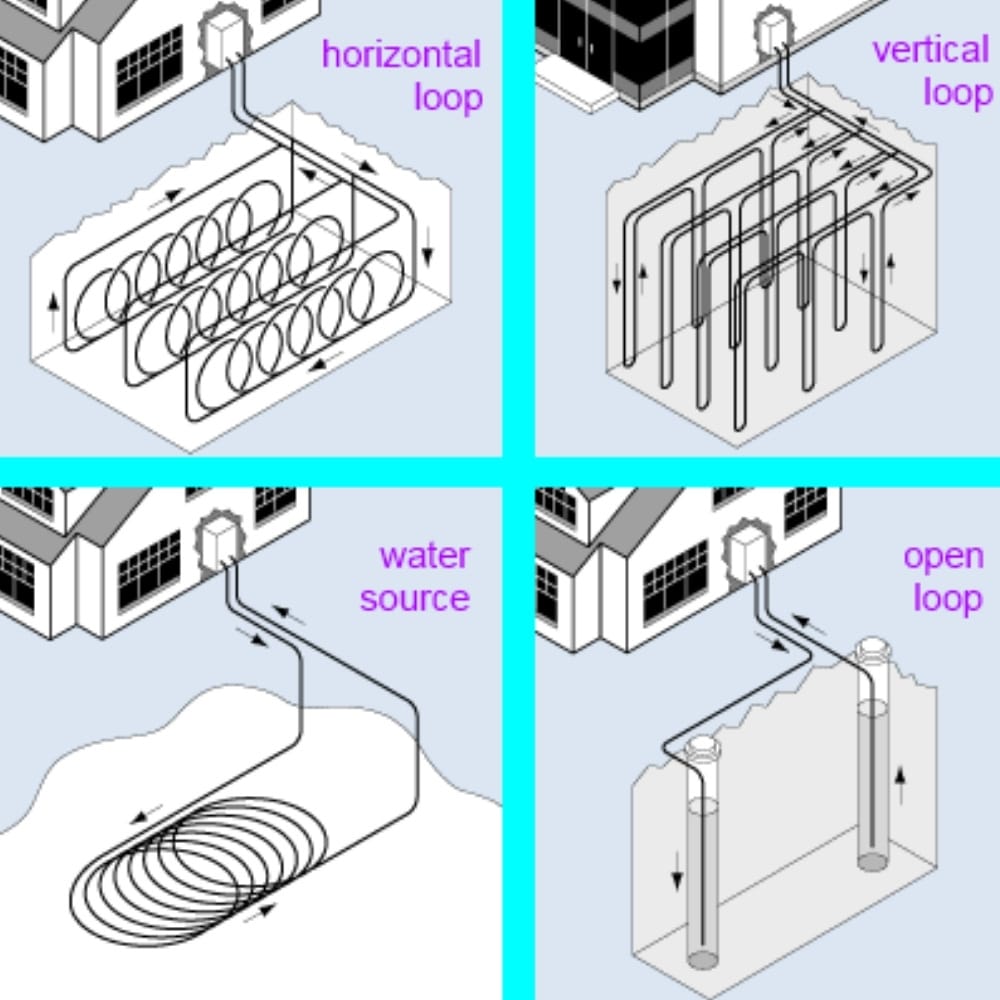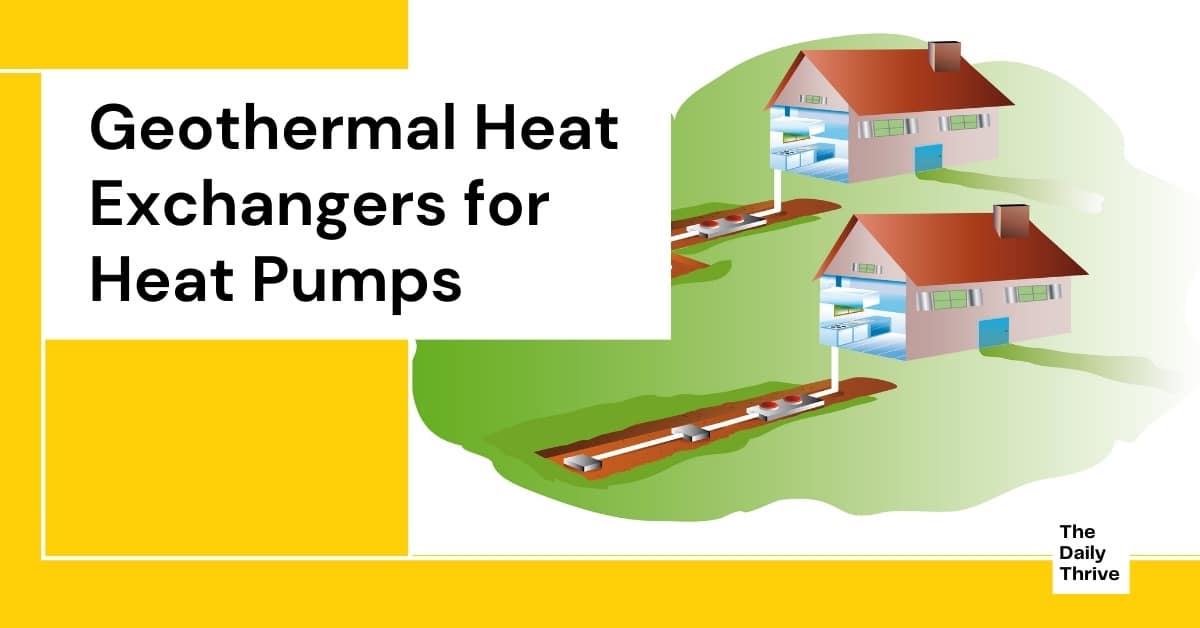Heat pump performances are closely linked to the outdoor heat exchanger used. Geothermal heat exchangers can boost the heat pump performance substantially because it is warmer than air in winter and cooler than air in summer. However, the installation can be very costly by an outsider. This article discusses why a geothermal heat exchanger can be a perfect project for heat pumps.
Heat pumps are better than air conditioners because they can pump heat out and into a home at different seasons. Heat pumps are better than furnaces because they can deliver many times more heat energy than the energy used.
The ratio of the heat energy delivered to the energy used is called the Coefficient Of Performance (COP). In comparison, no other equipment can have a COP greater than 1.0.
Let’s take a look at the Carrier heat pump systems below comparison below:
- The average COP of Geothermal Heat Pumps (GHP) is almost exactly 4. That means delivering 4 times as much heat as the same amount of electricity can produce in a resistance heater.
- The counterpart of COP for Air-source Heat Pumps (AHP) is SHPF. Since SHPF = 3.413 x COP, we can see, if converted, the AHP SHPF will result in smaller COP numbers than those for the GHP.
- The EER numbers of the AHP are also smaller than those of the GHP. EER (Energy Efficient Ratio) is for a heat pump used for cooling operation, versus COP is for heating.
- For equal Capacity, other numbers of the GHP are also generally better than those of the AHP. For example, the Saving over Federal Minimum is 44% vs 38%.
- The Lifetime Costs are for different years. The estimated lifetime for AHP is 12 years, while that for GHP is 15 years.
- Indoor units and installation parts are not shown but should be included. Installation costs could be about $1000 to $2500 by a contractor.
- Indoor units and installation for GHP could be the same as AHP. Installation of a geothermal heat exchanger could cost another $1500 to $4000 more by a contractor.
What are the Geothermal Heat Exchangers Look Like
Although many populated regions experience seasonal temperature extremes, a few feet below the earth’s surface, the geothermal remains at a relatively constant temperature. Like a cave, the underground temperature is warmer than the air above it during the winter and cooler than the air in the summer.
GHP take advantage of this by exchanging heat with the earth through a geothermal heat exchanger. There are approximately 50,000 geothermal heat pumps installations in the United States each year.

As shown in the image above, a geothermal heat exchanger is basically a loop of tubes buried underground or immersed underwater. It can be horizontal for easy digging or vertical if the surface area is limited. If a water body like a pond or a lake is nearby, you can take advantage of that.
Not only you do not have to dig, but also water transfers heat better than soil resulting in a short loop. Even better heat transfer and shorter loop is the open-loop like shown in the image if you have soft (means not much calcium) underground water.
DIY Geothermal Heat Exchangers
Most people love the above heat pump advantages. Also, in comparison with furnaces, heat pumps do not draft moister out of the home, creating dry-skin problems. Heat pumps have no odour or risk of carbon monoxide.
However, heat pumps have very high startup costs. While a heat pump will probably save money in the long run, the installation costs may prevent many homeowners from choosing one. An installation contract could be run over budget easily.
To have the advantages of heat pumps without the high cost, Do-It-Yourself may be the best way to go:
- Bury soft polyethene plastic tubing underground is all needed. No structure modification is needed as indoor plumbing would.
- You’ll use less equipment and have fewer restrictions than a contractor. You’ll be working on your hours, not appointed time, with a contractor.
- Not many contractors are experts in sizing the heat exchangers. You may be just as good as them.
- You’ll choose the best location of moist soil for better heat transfer and a confined area for stable ground temperature, not the easiest location to dig.
- You’ll pay more attention to the quality of the connections and the contact of the tubing surfaces to the earth. Tubing areas exposed to air will be wasted because air does not conduct heat well. Once buried, it would be very hard to fix these air pockets and leaking connections.
There are so many choices and variations for each geothermal heat exchanger for heat pumps installation. Understanding the processes may help you manage the contract if you decide to hire an HVAC contractor instead.






